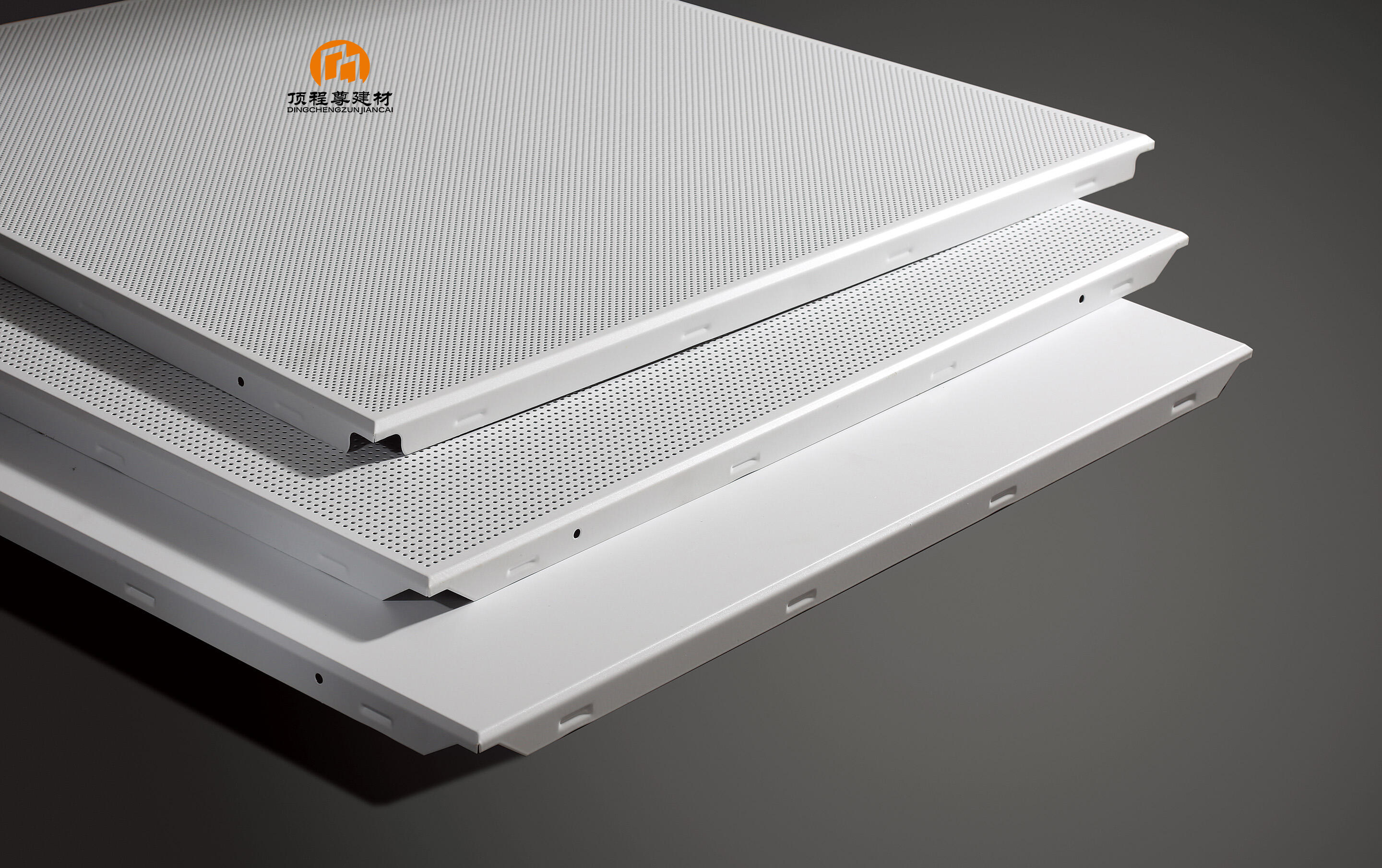aluminium perforated ceiling
Aluminium perforated ceiling systems represent a sophisticated architectural solution that combines aesthetic appeal with practical functionality. These innovative ceiling systems consist of precision engineered aluminium panels featuring carefully designed perforation patterns that serve multiple purposes. The perforations not only create visually striking patterns but also contribute significantly to acoustic management by absorbing sound waves and reducing echo in interior spaces. Manufactured using high grade aluminium, these ceiling systems offer exceptional durability while maintaining a lightweight profile that makes installation and maintenance considerably easier. The panels are typically available in various perforation patterns, sizes, and finishes, allowing architects and designers to achieve their desired visual impact while meeting specific acoustic and ventilation requirements. The system's design incorporates advanced suspension mechanisms that ensure secure installation while allowing easy access to the plenum space above for maintenance of building services. Additionally, these ceiling systems can be integrated with modern lighting, HVAC, and fire safety systems, making them a versatile choice for contemporary building designs. The aluminium construction also provides excellent resistance to moisture and corrosion, making these systems suitable for both interior and semi exterior applications.


